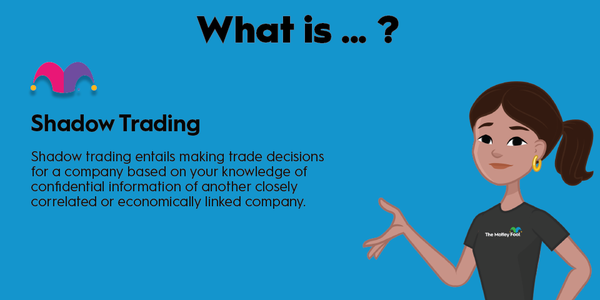Choosing great investments can often be really tricky since there are just so many different types out there. Among the less common investments are financial assets that have been securitized. Let's talk about what that is and how it works.

What is securitization?
Securitization is a process through which assets that are difficult to liquidate are transformed into highly liquid assets that are investable financial securities. An example: The mortgage-backed security, an investable asset class that is made from an asset -- such as a home mortgage -- that's really not easy for the holder to sell or transfer since the market is very small.
Through securitization, these mortgages, for example, can be divided into groups by risk (called tranches), and little pieces of them can be sold to investors in bundles. So you might choose a bundle of high-risk mortgage securities, knowing there's some risk of default of any of the individual mortgages within the bundle but that you would also get a higher rate of return from the ones that remained good. Since it's a little slice of a bundle of securities, the odds that they might all default is impressively low, meaning that your investment will still likely shake out in the end.
What kinds of assets can be securitized?
Generally speaking, almost any kind of consumer debt can be turned into some type of security, but the most familiar by far are mortgage-backed securities. Some securities are often backed by collateral, such as car loans or mobile home loans; credit card loans and student loans are also commonly securitized.
When investing in securities, it's important to know the type of property backing the security because these investments can and do go bad. If a security is backed by some kind of collateral, then the likelihood of there being some kind of value left if some part of that underlying security defaults is high, even if it's just a fraction of the original value of the security. If it's backed by nothing, such as a security based on credit card debt, then there's nothing left but for the defaulting loans within that security to go to zero.
Why do banks securitize assets?
Banks often securitize their assets to get them off the books, freeing up capital for future loans and investments, which can then be used to both help their communities and increase the bank's cash flow.
It's difficult to sell a book of loans off to just anyone -- most investors simply don't have the money to buy even a single mortgage as an investment, let alone a bunch of them. But by securitizing a portfolio of mortgages, the bank can sell Jane Doe Investor a small fraction of a bundle of mortgages that need to be moved, allowing a group of investors to buy the entire bundle instead.
Those investors are informed of the risk ratings of the different groups of loans within the bundle, and they are paid interest according to the risk profile.
Related investing topics
Pros and cons of investing in securitized assets
As an investor, you have lots of options when it comes to places to put your money. Why you'd want to invest in something like mortgage-backed securities, which can be risky, is a good question. There are certainly advantages to doing so, including investing in an asset that is likely to pay reasonably well while also posing a reasonably low risk.
You should be given great detail about the composition of your new portfolio of loans, but mortgage-backed securities, in particular, have been mis-rated before (see the Great Recession), and that risk persists due to the way they're put together. You may also not get the entire return you expected if the loans are paid back early, reducing the total interest that will be paid by the borrower.
Ultimately, however, the beauty of securitized assets is that they're as risky as you want them to be. You can choose high-quality loans that have a very low risk of default; you can choose loans that have a higher rate of default but pay a much higher return rate; or you can choose a batch of loans that have mixed ratings and a mid-level return rate.



































































































